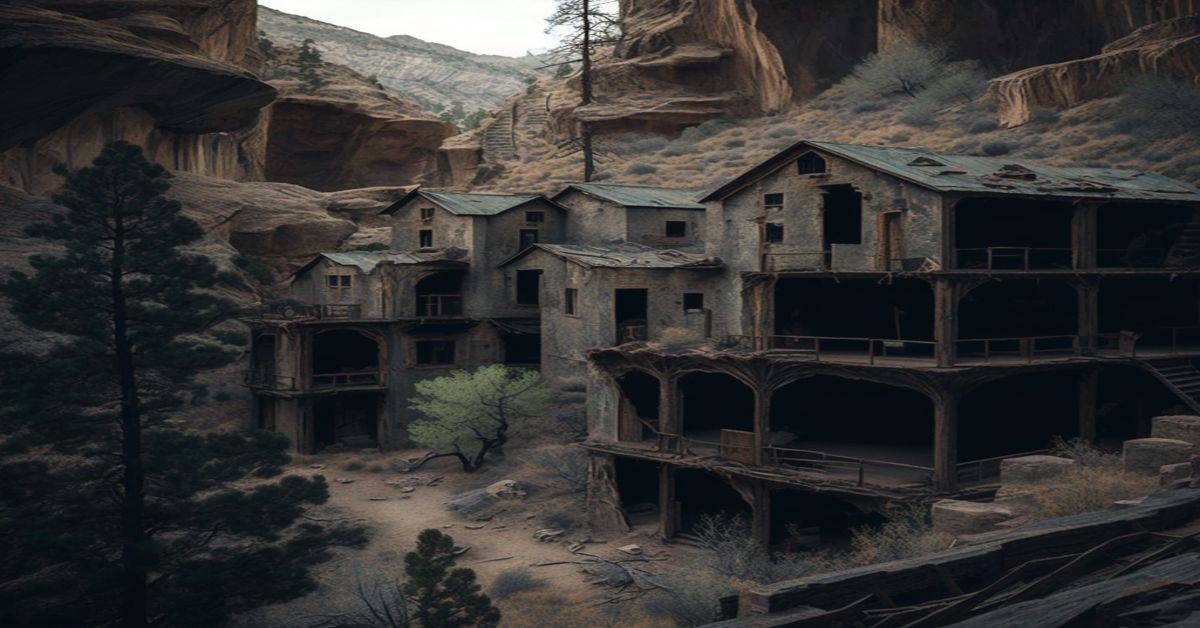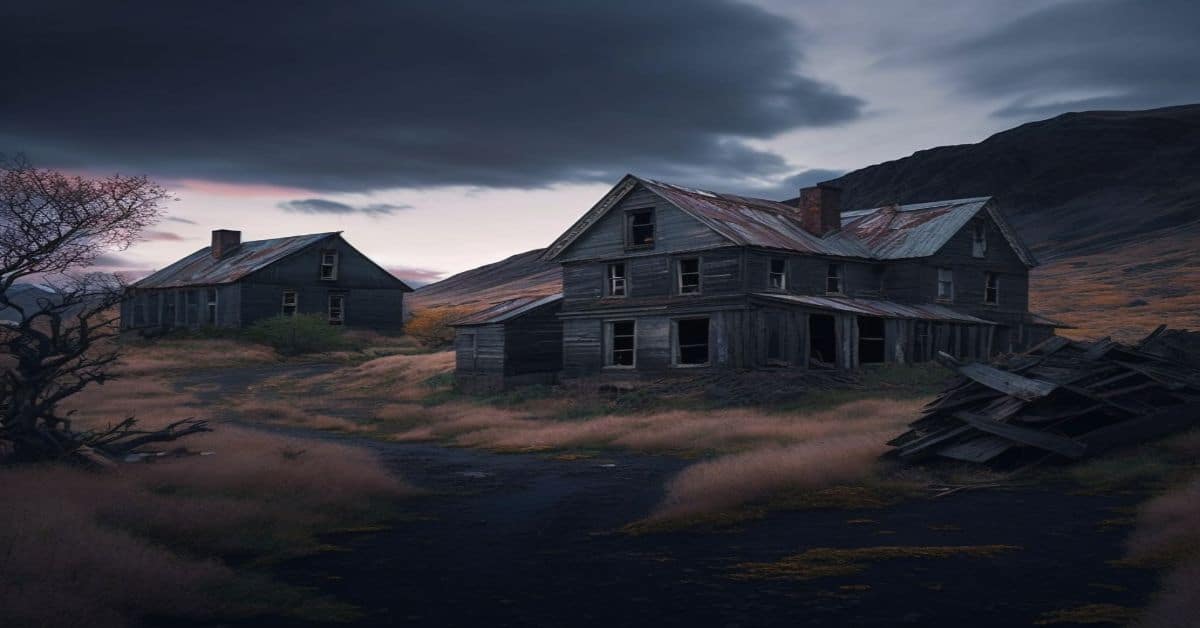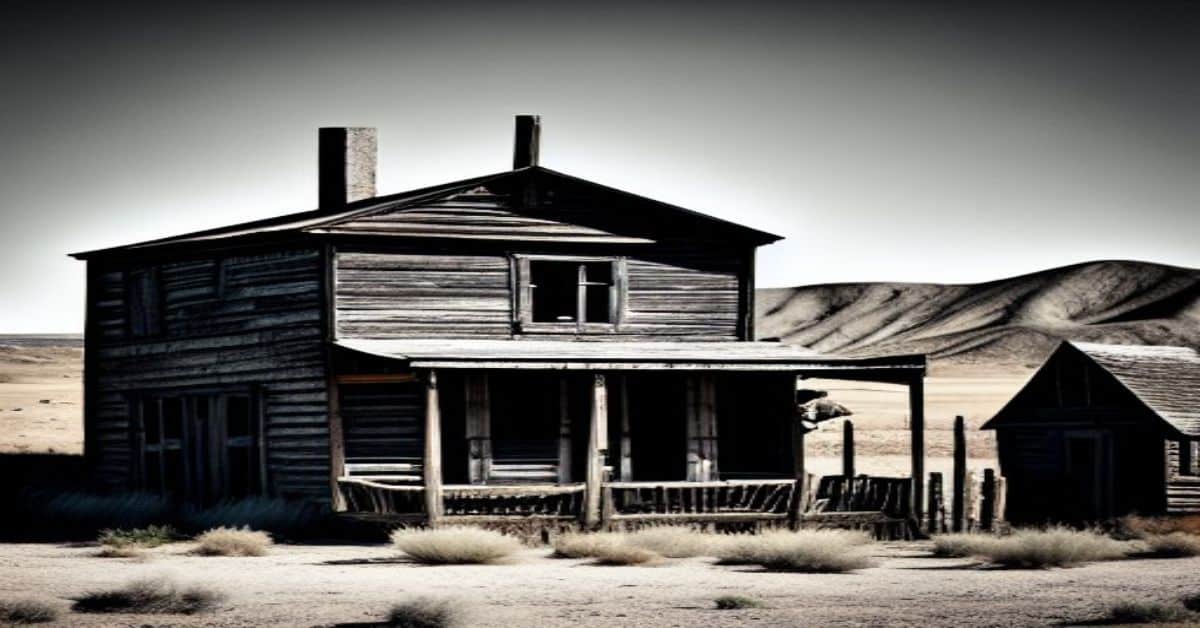Nestled in the heart of Utah, lies a once-thriving farming community that has since become a hauntingly beautiful ghost town. Discover Utahn invites visitors to explore the remnants of this town and uncover the stories of its past.
While many buildings have fallen into disrepair and the population dwindled, a few original structures still stand tall, serving as a testament to the town’s history. The eerie beauty of Utahn draws visitors year-round, who come to witness the remnants of a time long gone.
The town’s history is rich and complex, shaped by the forces of nature and the trials of its inhabitants. This article takes a closer look at the location and history of Utahn, its current status, and provides visitors with tips on navigating the weather and making the most of their visit.
Join us as we embark on a journey to uncover the secrets of Discover Utahn: A Hauntingly Beautiful Ghost Town.
Key Takeaways
- Utahn, Utah is a ghost town in Utah, USA, established in 1905 by settlers looking to make a living off the land.
- Despite its population decline, Utahn remains a ghost town that attracts visitors year-round who come to witness the remnants of a time long gone.
- Visitors can still explore the remains of the once-thriving farming community, which offers a hauntingly beautiful experience with its decaying buildings and eerie silence.
- Utahn’s location in Utah, with its desert climate, makes it an ideal destination for tourists who want to experience a unique blend of history and nature, with nearby attractions including Canyonlands National Park, Arches National Park, and Dead Horse Point State Park.
Location and History
Located in Utah, the farming community of Utahn was established in 1905 by settlers looking to make a living off the land. The town thrived for several years, with a population of around 200 in 1920. However, as time passed, many people became discouraged with the harsh living conditions and lack of opportunity, causing them to move away. This population decline ultimately led to the demise of Utahn, leaving behind a ghost town that still stands today.
Despite its tragic history, Utahn remains a hauntingly beautiful location that draws visitors worldwide. The town’s original buildings still stand, providing a glimpse into the past and serving as a testament to the perseverance of its inhabitants.
Whether you’re interested in history, photography, or simply exploring the unknown, Utahn is a must-visit destination that offers a unique and unforgettable experience.
“Utahn (Duchesne) was a product of the 1905 land rush into the Uintah Basin. The settlement was nine miles north of Duchesne on U-35 and the Duchesne River. After peaking in 1920 with two hundred citizens, it finally stabilized as a small agricultural community.” –John W. Van Cott
https://onlineutah.us/utahnhistory.shtml
Current Status
The current state of Utahn is that it remains a ghost town, although there are a few residents still living in the area and some original buildings still standing.
While most of the town lies in ruins, visitors can still explore the remains of the once-thriving farming community. The eerie silence that now fills the streets and the decaying buildings offer a glimpse into the past, providing a hauntingly beautiful experience for those who dare to venture there.
Despite the town’s abandonment, there are efforts to preserve the remaining structures and keep the memory of Utahn alive. The few residents who still call the area home work to maintain the original buildings, keeping them standing as a reminder of the town’s past.
Visitors can witness the fruits of their labor as they explore the ruins, appreciating the history and the beauty of the town that once was.
Weather and Visit Tips
Regarding the weather and visit tips, it is recommended to visit Utahn during any time of the year as winter offers cool weather with possible snow, while summer provides a warm climate.
The ghost town’s location in Utah, with its desert climate, makes it an ideal destination for tourists who want to experience a unique blend of history and nature.
Visitors can expect to see a variety of flora and fauna, including juniper trees, sagebrush, and desert animals such as rabbits and lizards.
For those who are planning to explore the town, the best times to visit are during spring and fall when the weather is mild, and the colors of the desert landscape are vibrant.
Visitors can also check out nearby attractions such as the Canyonlands National Park, Arches National Park, and the Dead Horse Point State Park.
These parks offer a range of outdoor activities, including hiking, rock climbing, and mountain biking, that complement a visit to Utahn.
Overall, Utahn is a great destination for history buffs and nature lovers alike, with plenty of opportunities to explore the surrounding area and experience the beauty of the desert.
Frequently Asked Questions
What caused the decline of Utahn’s population and eventual abandonment as a town?
The decline of Utahn’s population and eventual abandonment as a town may be attributed to the mining industry and natural disasters. The community’s discouragement led to its demise, leaving only a few original buildings and current residents.
Are there any ghost stories or paranormal rumors associated with Utahn, Utah?
There are no documented ghost sightings or local legends associated with Utahn. Paranormal investigations and supernatural activity have not been reported in the area.
What types of crops were commonly grown by the farming community in Utahn?
The farming practices in Utahn, a ghost town in Utah, were focused on crops that thrived in the area’s soil fertility and were sustained through irrigation techniques. Common crops included wheat, corn, and alfalfa, which were influenced by the region’s weather patterns.
Are there any notable historical figures or events associated with Utahn?
No notable figures or events are associated with Utahn’s history. The few remaining original buildings are the only landmarks in the ghost town, providing insight into the farming community’s past.
Are there any plans in place to preserve or restore the remaining original buildings in Utahn?
There is no evidence of preservation efforts or future development plans for the remaining original buildings in Utahn. However, as a ghost town, its historical significance may warrant attention in the future.


